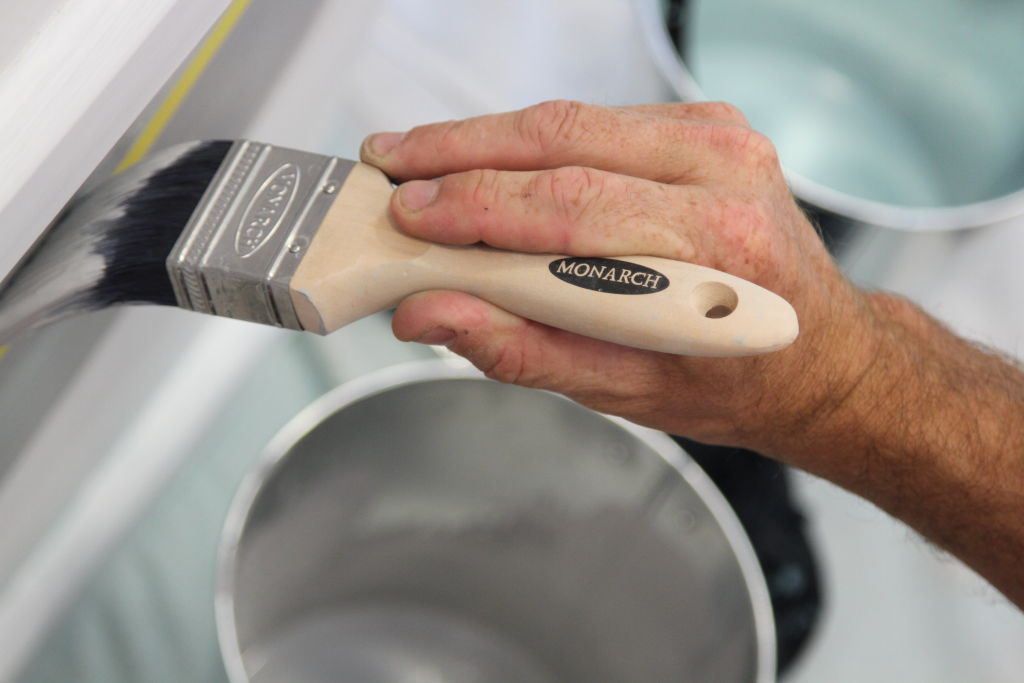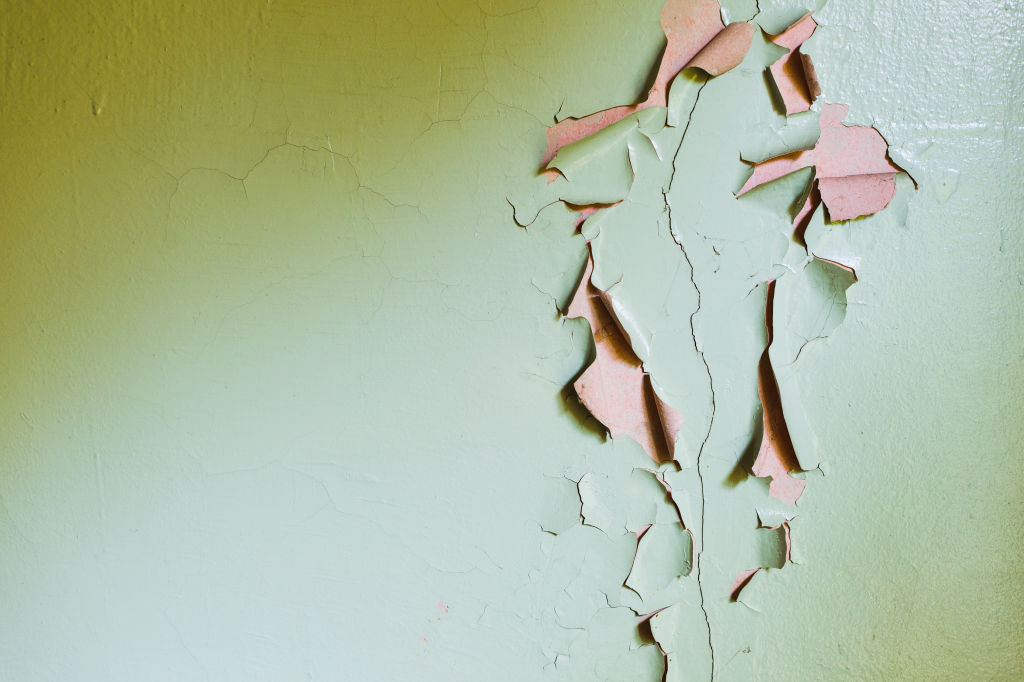DIY painting horror stories, and how to avoid making the same mistakes

Painting a wall doesn’t sound so difficult until you take a trip to the paint aisle of the hardware store. Should you choose a cool white or a warm white? Oil or water-based paint? Semi-gloss or enamel? The wide range of brushes, rollers and tapes makes the job even more overwhelming.
So, it’s no wonder that when things go wrong, they can go very, very wrong.
Undercoat can affect the final colour
“I heard of a customer who painted their lounge room in the beautiful bold colour, Taubmans Red Gumball,” says Rachel Lacy, Taubmans chief coloursmith.
“But they didn’t use the required tinted undercoat. So, when it dried, instead of evoking the joyful vibrancy of its jawbreaker namesake, they ended up with something closer to fairy floss pink.
“The walls needed an undercoat and then two fresh topcoats of Red Gumball to put it right.”

Don’t paint in the dark
“How people can paint at night with no sleep, I don’t know, it looks horrendous,” says builder Michael Kirwan of Professional Residential.
Poor lighting can result in patchy areas where the paint was applied too thinly. It’s not until the next morning that the imperfections are revealed.
Don’t skimp on accessories
Most DIY painters reason that they should pay for premium paint, as they’re saving on the labour. But, when it comes to paintbrushes, rollers and painter’s tape, that’s when they become thrifty, says professional painter and Monarch ambassador Mark O’Connor.
“The only way to get the best finish from quality paint is to apply that paint with premium quality brushes, rollers, and accessories.”

Budget rollers can leave fluff behind on walls, and cheap paintbrushes can leave hairs behind in the paint, says O’Connor. The cream masking tape has too much glue, which pulls freshly coated paint off the wall at the end of the job, he says.
Paying for premium brushes and rollers gives a better finish to the paint job – they waste less paint and don’t leave brush marks behind.
Mix the paint before you start
“I’ve seen people get halfway across a wall, run out of paint, open another can that’s the same colour and yet the colour is slightly different when they finish the wall,” says O’Connor.
Paint tints can vary slightly, so professional painters buy all the paint they need for the job and mix them together before they start. Mix with a flat edge object – a paint stirrer, ideally – rather than a rounded object like a stick.
“A customer painted a feature wall in a dark charcoal colour. When they applied the paint, the wall started dark grey and slowly got to the right colour as they got to the end of the wall. They used a screwdriver to mix the paint,” says O’Connor.

Oil and water don’t mix
“Paint flaking off can happen when painting water-based enamel over old oil-based enamel on doors, where no preparation has been done,” says O’Connor.
Many older houses were painted with oil-based paints. The paint needs to be sanded off before water-based paints can be applied so the paint will stick and not flake off.
“It’s a good idea to apply a coat of water-based undercoat after sanding and apply topcoats after that,” says O’Connor.
With the right accessories and knowledge, you can avoid your own horror story and ensure a premium finish next time you paint.
We recommend
We thought you might like
States
Capital Cities
Capital Cities - Rentals
Popular Areas
Allhomes
More







